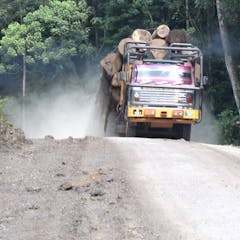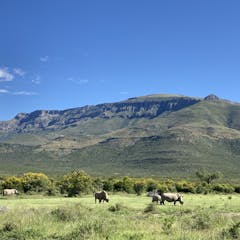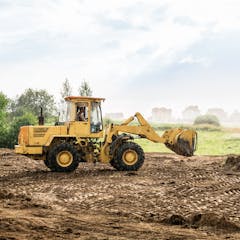
Articles on Biodiversity
Displaying 21 - 40 of 915 articles

NoMowMay is a catchy concept, but it doesn’t provide the food that native North American pollinators need or lasting support for them.

Interventions to prevent crime against wildlife can be effective, but significant gaps in our knowledge remain.

Ghana is losing forests because of cocoa farming, firewood harvesting, mining and logging.

The debate about pesticides often gets polarised, pitching farmers against consumers.

Environmental success depends on social connections. So if you want to start a new group, you need to think about the people as much as the problem.

Protect wildlife to promote better mental health.

Among the poisons found in 36% of the frogs tested, rodenticide was detected for the first time. Pesticides are considered a threat to hundreds of amphibian species.

It shouldn’t take sustained public outrage to stop environmentally destructive projects. Nature positive offers us a way forward.

Two-thirds of conservation actions studied were found to benefit target ecosystems and species.

The Himalayas are a beautiful and fragile ecosystem that both humans and non-humans have relied upon for millennia. Protecting them will require careful conservation efforts.

We compiled maps of bushfires and prescribed burns in southern Australia from 1980 to 2021 to see how fire activity is changing habitat for 129 threatened species such as mountain pygmy possums.

An end to extinctions. An environmental cop on the beat. Labor promised a great deal on the environment. But yesterday, they backed away from the main challenge.

Rather than just a small change here or there, taking real action on climate change and biodiversity requires a fundamental, system-wide reorganisation.

What harm can a road do? Plenty. Once built, illegal roads let loggers, miners, poachers and landgrabbers into the jungle, and the felling begins.

Kelp forests around the world, and in Canada, are under threat. New research sheds further light on the health, and resilience, of these crucial ecosystems.

The strategy aims to conserve biodiversity while also contributing to the creation of jobs and economic growth.

Agroecology could be an effective way to address food insecurity and respond to the climate crisis. However, significant hurdles remain.

Even with the best intentions, policies from different government departments can clash.

New AI tech could identify Asian hornets and help scientists eradicate invading colonies.

Not all types of ground are the same and understanding how varied ground types react to environmental stresses is key to achieving true sustainability.
